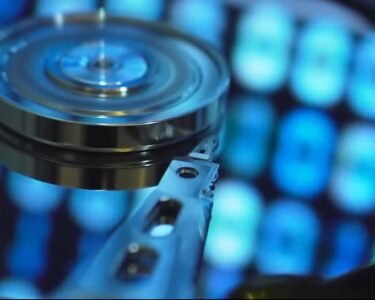Mini PC makers are becoming increasingly inventive as they cater to the growing demand for compact yet powerful computing solutions. With consumers and businesses alike seeking more space-efficient devices without compromising performance, manufacturers are pushing boundaries in design and functionality.
Geekom makes some of our favorite mini devices, like the AX8 Pro, and its latest offering, the Mini Air12 Lite, is another great addition to its portfolio. As you can guess from the name, this is a scaled-down – and cheaper – version of Geekom’s Mini Air12.
Powered by a 12th Gen Intel Alder Lake N100 processor, it comes with up to 16GB of DDR4-3200 RAM and up to 1TB of M.2 2280 PCIe Gen 3 x4 SSD storage. You can preorder it on the Geekom US site with 8GB RAM and a 256GB SSD for $199 (down from the usual MSRP of $249). It’s expected to ship in October.
Plenty of ports
The Mini Air12 Lite provides a decent array of ports. On the back, you’ll find two USB 3.2 Gen 2 and two USB 2.0 ports, as well as DisplayPort 1.4 and HDMI 2.0 outputs, supporting dual-monitor setups, along with an RJ45 Ethernet port. Wireless connectivity is provided via WiFi 5 and Bluetooth 5.1.
The front panel features two USB 3.2 Gen 1 ports and separate 3.5mm jacks for a microphone and headphones. Digital audio is also an option via HDMI and DP.
What sets the Mini Air12 Lite apart is the 9-pin expansion header on the front. This provides pins for connecting external components or additional functionalities, including a 5V DC power pin, power switch pins, and pins for power and HDD activity LEDs. Since the device already features a power button and built-in power LED, we’d guess the aim is to offer users more customization options, possibly configuring these pins for extra controls or indicators, but we’ll have to wait until it’s released to know for certain.






